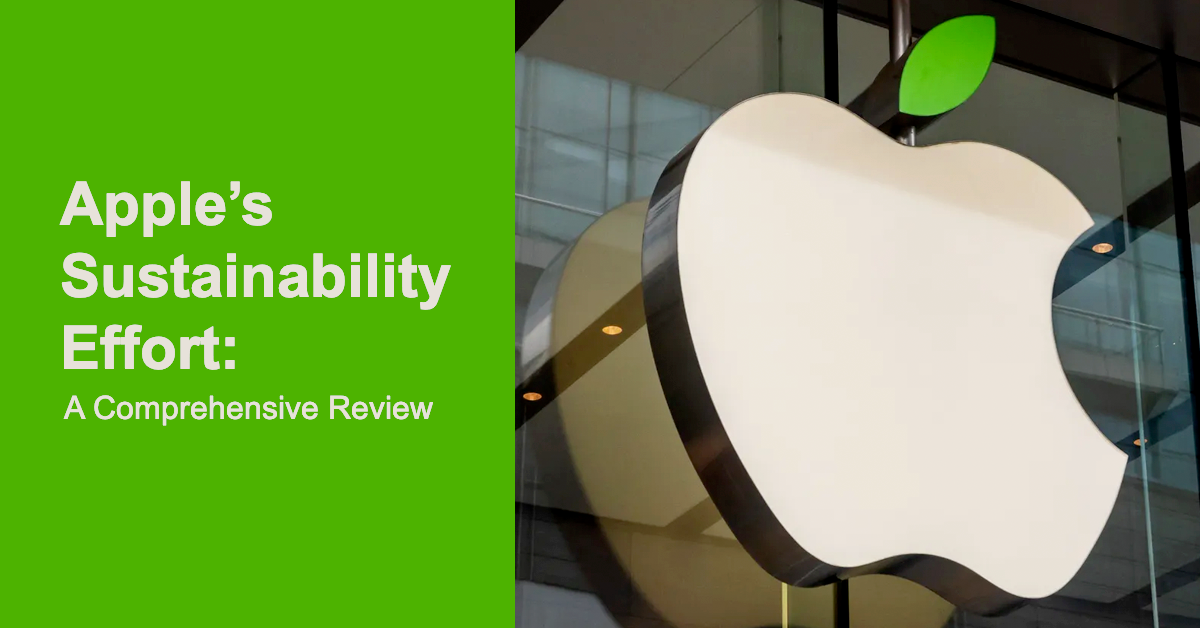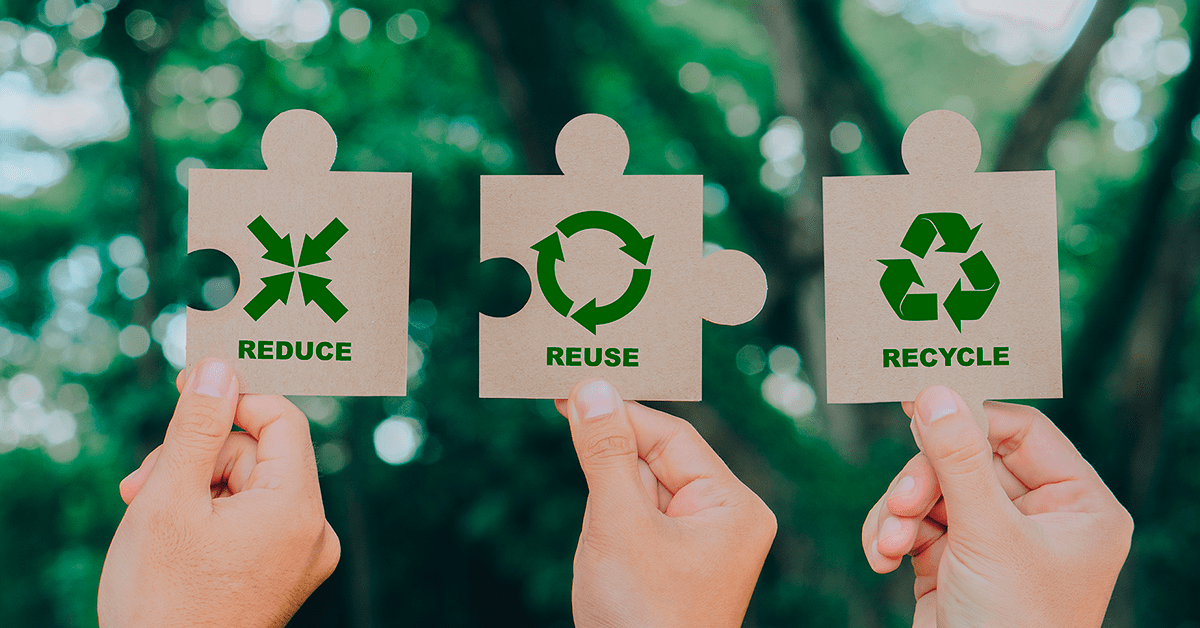
Introduction

1. Commitment to 100% Renewable Energy
Apple’s commitment to using 100% renewable energy for all its operations is arguably its most significant stride towards sustainability. In 2019, Apple achieved this laudable goal for its global corporate operations. Further, the company claims that as of April 2021, its entire supply chain will be carbon neutral by 2030.
Positive Impacts:
- Significant reduction in carbon footprint, setting a precedent for other tech giants.
- Boosted investment in renewable energy projects, leading to job creation and economic growth in areas hosting these projects.
Areas of Improvement:
- Continuous monitoring and verification are essential to ensure that the 100% renewable energy claim is consistently met.
- Addressing the intermittency of renewable energy sources to ensure uninterrupted power supply.

2. Device Longevity and Repairability
Apple’s devices are renowned for their durability and longevity. The company has invested heavily in producing hardware that lasts, thus reducing electronic waste. Moreover, with the introduction of the Independent Repair Provider program, Apple has made genuine parts, tools, and training available to third-party repair shops, promoting device longevity.
Positive Impacts:
- Reduces electronic waste and the need for new raw materials.
- Consumers benefit from longer device lifespans, resulting in cost savings.
Areas of Improvement:
- Further transparency in repair policies and reducing the cost of official repairs can encourage more users to fix rather than replace their devices.

3. Recycling and Material Recovery
Apple’s recycling program, coupled with the ‘Apple Trade In’ initiative, encourages users to return their old devices. These are either refurbished for resale or recycled. The company’s disassembly robot, “Daisy”, can process up to 200 iPhones per hour, recovering essential materials.
Positive Impacts:
- Promotes a circular economy by reusing and recycling materials.
- Reduces the demand for new raw materials, thereby reducing environmental exploitation.
Areas of Improvement:
- Expanding the reach of the recycling program to more regions and countries.
- Increasing consumer awareness about the benefits of recycling.

4. Reduction in Packaging and Waste
Apple has redesigned its packaging to reduce waste significantly. By using recycled content in its packaging and optimising designs, Apple has minimised its packaging footprint.
Positive Impacts:
- Reduction in the consumption of paper and plastic.
- Streamlined packaging designs result in fewer emissions during transportation due to optimised space.
Areas of Improvement:
- Continued innovation to further reduce the packaging material without compromising product safety.

5. Elimination of Harmful Chemicals
Apple’s commitment to eliminating harmful chemicals from its products and processes is commendable. The company has successfully phased out many toxic substances from its devices and manufacturing processes.
Positive Impacts:
- Ensures the health and safety of factory workers.
- Reduction in environmental pollution.
Areas of Improvement:
- Regularly updating the list of prohibited substances to align with the latest scientific findings.
Conclusion
Apple’s sustainability efforts are both commendable and necessary, given the company’s global influence. Its proactive approach to renewable energy, waste reduction, and elimination of harmful chemicals sets a high standard for the tech industry. However, continuous evaluation and adaptation are crucial. As consumers become increasingly conscious of environmental impacts, Apple’s commitment to sustainability not only makes ecological sense but also solidifies its position as a forward-thinking industry leader.




